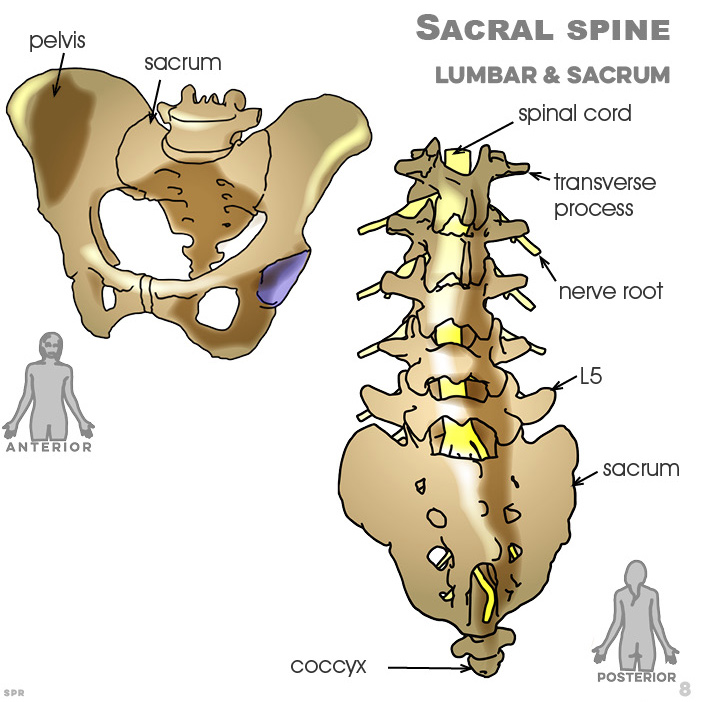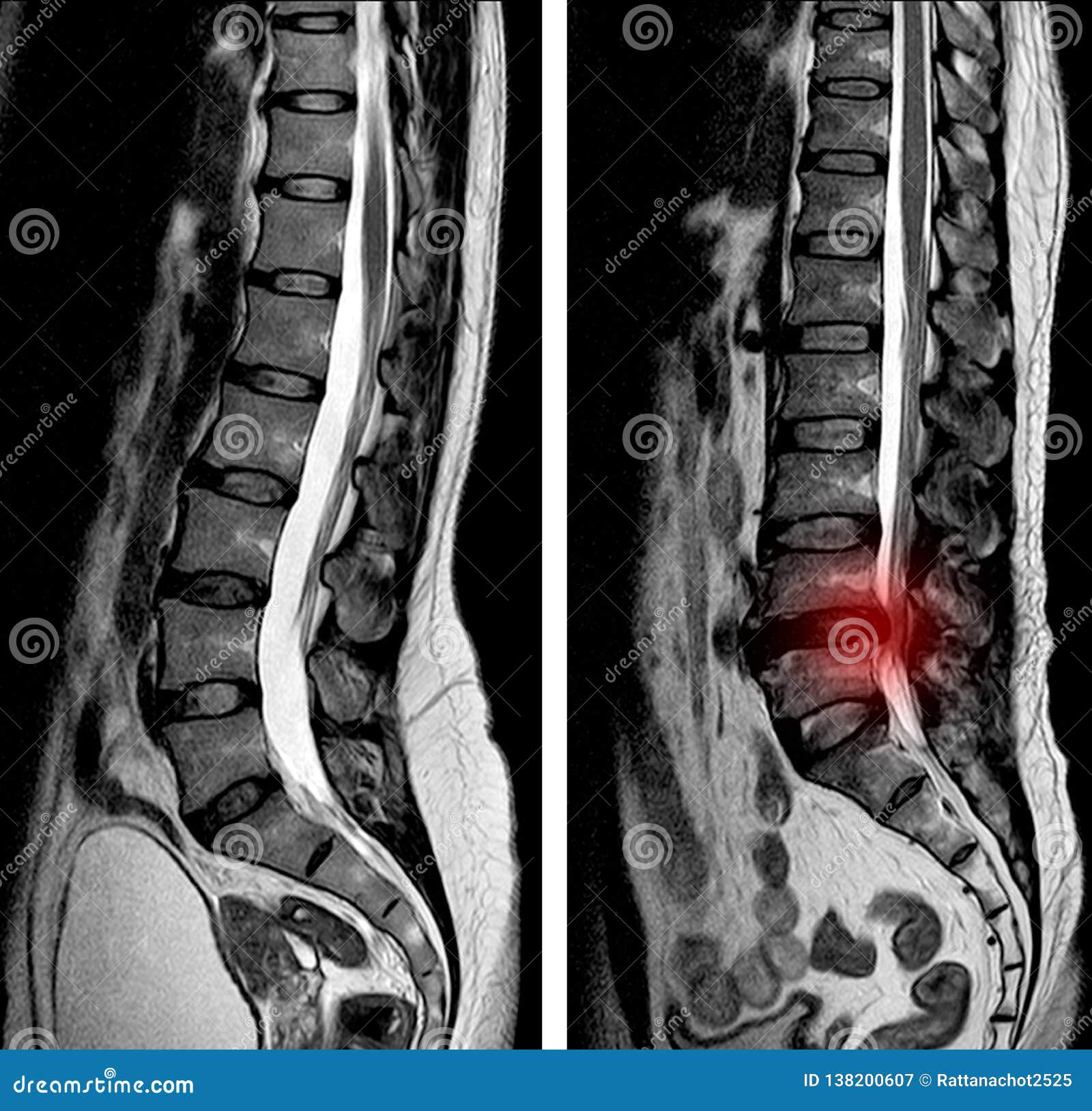


The sciatic nerve carries nerve signals down to the muscles and sensation signals up to the spinal cord. Sometimes, the compression in the spine affects nerves on both the left and right sides of the body. The sciatic nerve is a made up of several nerves from your lower spine it extends down the back of your leg to the bottom of your foot. Sciatica is a symptom (radiating leg pain) caused by a problem with the spinal nerve(s) or sciatic nerve, such as compression or irritation, which sends signals of pain, numbness, tingling, or weakness. Let’s back up a step and make sure we fully understand the definitions of sciatica and SI joint dysfunction. That’s why it’s so important to visit your doctor to truly determine what is causing your low back or leg pain. However, it is possible to be diagnosed with problems in both areas. Your radiating leg pain (sciatica) can be from your spine or from your SI joint. The L5 and/or S1 nerves are irritated (called radiculitis) when they cross near the SI joint, but these nerves are not compressed. This is because there is rarely a physical compression of the nerve. It’s rare for someone with sciatica from an SI joint problem to have real numbness, weakness, or reflex changes.

Unable to sit for long periods of time or sitting or sleeping on one side due to the pain. Sitting for a long time can make symptoms worse.The leg isn’t actually weak the leg gives way because of the severe pain you may experience when the SI joint is loaded.Feeling of pain and leg instability (buckling, giving way) when standing.(Weakness, numbness, and reflex changes are called radiculopathy.).Severe cases may result in significant leg weakness.Typically, the pain stays above the knee, but can radiate down the leg to the calf or foot.Upon exam, patients do not usually have true weakness or numbness. Sensation in lower extremity: pain, numbness, tingling, weakness.Pain can be mild to excruciating it may feel like an “electric shock”.You may have actual weakness and/or numbness as a result of compressed nerves. Pain, weakness, and/or numbness or a tingling sensation radiating to the calf, foot, or toes along the back of your buttock, thigh, and calf.

Lower back pain (below L5) that is off to one side that you can typically point to.Pain that starts in the lower back and goes down one leg (the leg pain is usually greater than the low back pain).Sciatica and other symptoms from the SI Joint Here are a few subtle differences that he or she may be looking for: Sciatica and other symptoms from Nerve Compression in the Spine Your doctor will likely ask many questions, ask you to point to the source of your pain, and perform a physical exam. The only way to truly know what’s going on is to see your doctor and describe what you are feeling and experiencing. How can you be certain what’s causing the pain? The L5 and S1 spinal nerves are located very close to the SI joint, and SI joint dysfunction could result in irritation of those nearby nerves. Nerve Compression or Irritation from the Spine Versus Nerve Irritation Related to the SI joint:Įven if you’ve determined that you have sciatica, the cause could be nerve irritation or compression in the spine OR you may have an SI joint problem OR a combination of both. Potential Treatments to Relieve the Pain.Tests that Determine the Source of Your Leg or Lower Back Pain.SI Joint and Sciatica: Understand the Definitions.Nerve Compression or Irritation from the Spine Versus Nerve Irritation Related to the SI Joint:.Start here to better understand your symptoms and what to do about them: The tricky thing is, the real source of the pain might be something else: your SI joint.


 0 kommentar(er)
0 kommentar(er)
